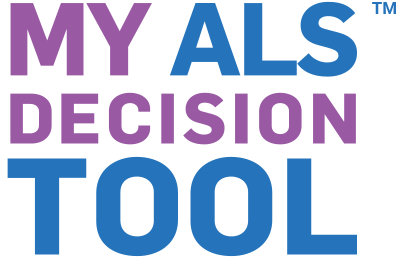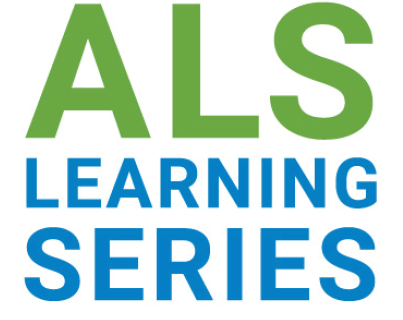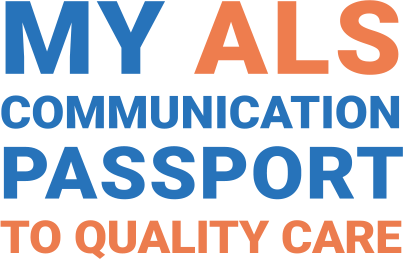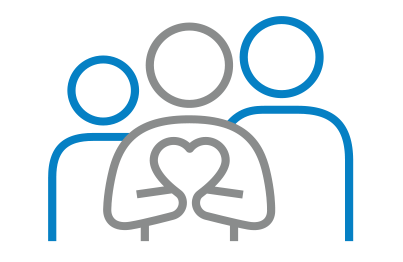ALS & Nutrition

How ALS affects nutrition
Good nutrition and hydration are very important for people living with ALS.
People living with ALS burn more calories because of the increased energy used in breathing, moving and muscle twitching. You may have challenges with low energy, maintaining weight and decreasing muscle mass. Proactively addressing your challenges can result in greater energy, strength and independence.
If you are having trouble eating, drinking, or taking medicine on your own, you may not be able to get all of the nutrition your body needs. This can lead to weight loss, infections, and other health problems down the road. This guide walks you and/or your caregivers through proactive strategies to maintain weight.

Early, nutritional management can improve your quality of life and help you live longer with ALS.
Your ALS Care Team can customize the best way for you to meet your nutritional and hydration needs based on your age, sex, weight and ALS symptoms.
Maintain weight
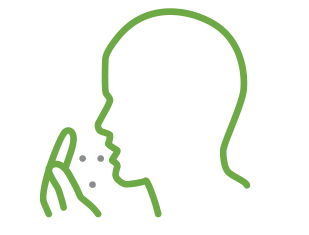
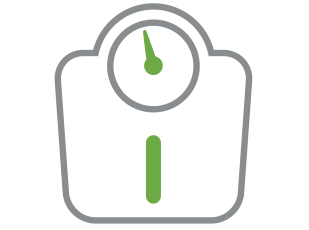
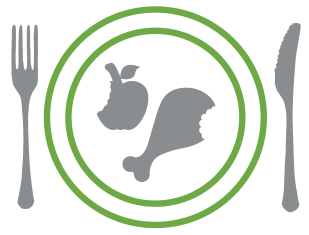
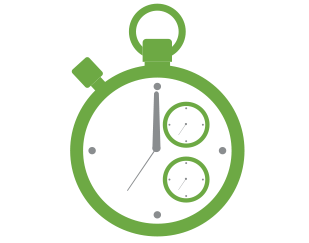


Together, you and your ALS care team can find nutritional support that works for you.

Even if you’re not having these symptoms, it’s never too early to be proactive with ensuring a healthy diet and adequate hydration.
If you ignore weight loss it may be hard to gain weight back. Severe weight loss contributes to muscle loss, decrease in independence and energy.
Calories
This makes maintaining weight more difficult, so people with ALS need to increase their calories to maintain weight. The challenge is to increase the number of calories without significantly increasing the amount of food.
A few ways to increase calories would be:
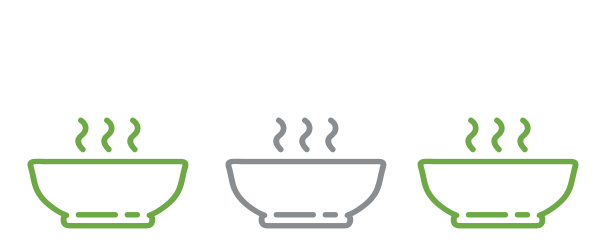



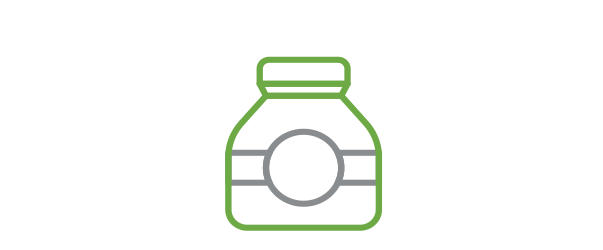
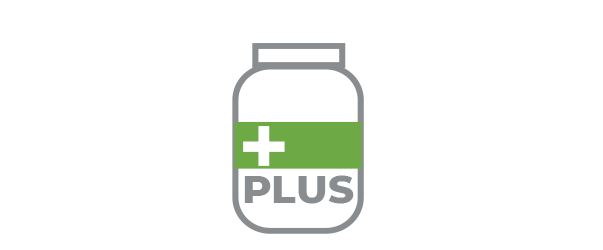

Eating
Chewing and swallowing difficulties (dysphagia) may make mealtimes more challenging or tiring for you. Concentrating and eating more slowly may cause a sense of isolation due to others having already finished eating. As a result, you may not finish your meal leading to a decrease in caloric intake. Some people listen to the radio or
podcasts to lessen their isolation.
ALSUntangled reviews alternative and off label treatments, with the goal of helping people with ALS make more informed decisions about them.
Signs of swallowing difficulty include:


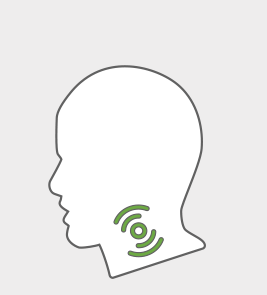
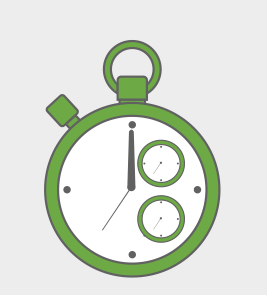

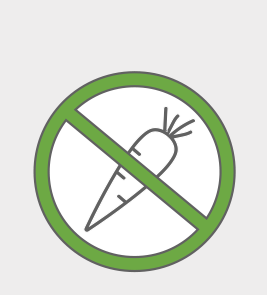


How to prepare soft foods?
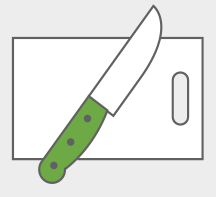
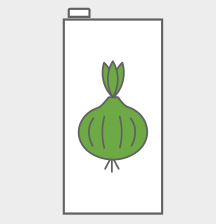
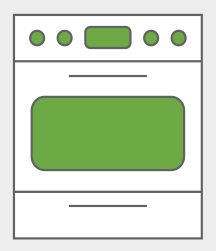

Drinking and dehydration
What are some of the signs of dehydration?



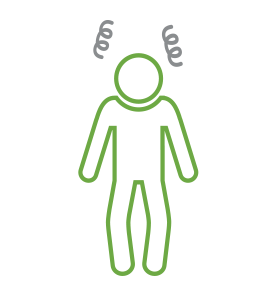





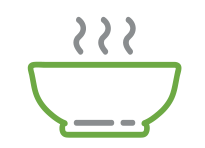


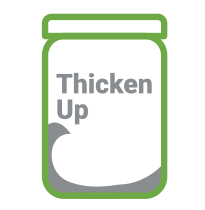
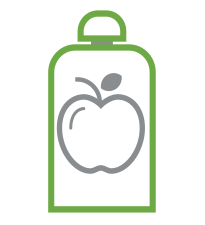
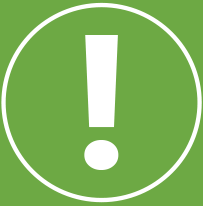
You might also be dehydrated because you want to avoid increased trips to the restroom, which can require assistance. Talk with your ALS care team about different bathroom aids and strategies.

Ensure proper fluid intake with a goal of six to ten 8-ounce cups of liquid a day.

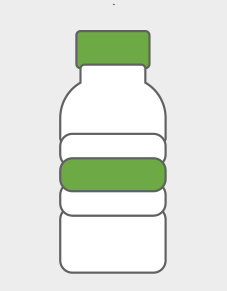

Aids for eating and drinking
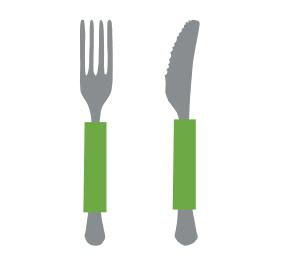
Built-up handles
Use foam tubing or wash-cloths on lightweight eating utensils for decreased grip
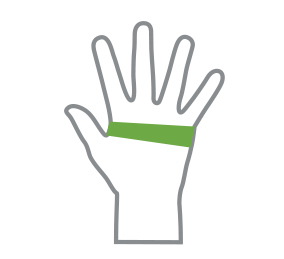

Large handled cup for hot and cold liquids
This allows four fingers to fit through the handle to increase stability.
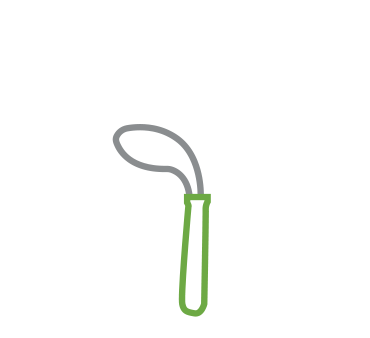


A non-slip disc; or Dycem,
a gel pad used to stabilize plates and cups on the table


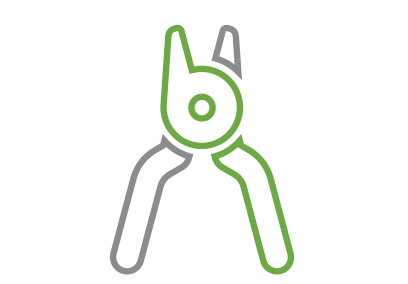
Small pliers
to open water bottles and jar openers

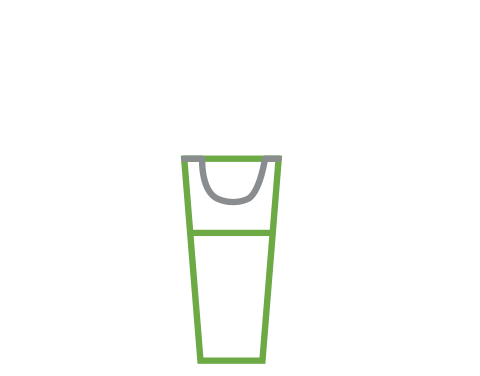
Nosey cup
The special cut out provides space for the nose, allowing you to tilt the cup for drinking without bending the neck or tilting the head

Choking

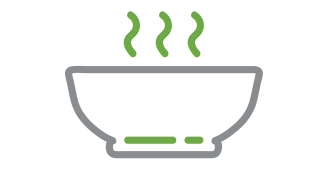
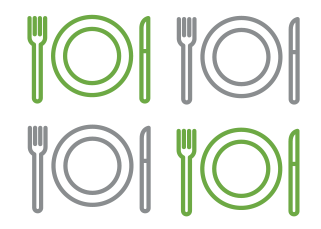
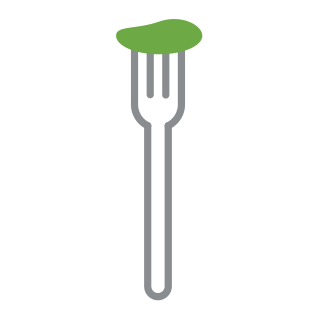

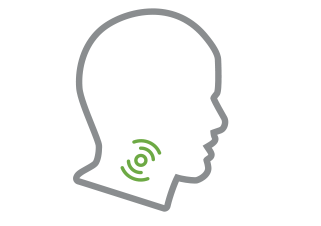
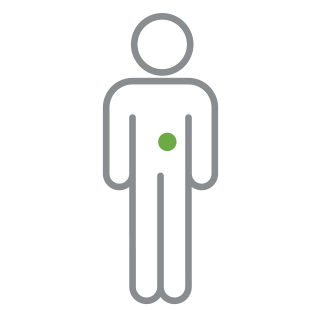

Food going down “the wrong way” means breathing food or liquid into the lungs (aspiration) instead of swallowing down the esophagus into the stomach.
Aspiration can cause respiratory infections or a frightening choking spell and is a leading cause of pneumonia, a potential life-threatening event for people living with ALS.
Feeding tubes
How does a feeding tube work?
If you cannot maintain weight by eating, or swallowing becomes too exhausting, time-consuming or dangerous, a feeding tube may be considered. A feeding tube is a type of medical device that can help you get the nutrition you need. You will need to have a procedure for a doctor to place the tube inside your stomach. The other end will be on the outside of your skin but is easy to cover up under clothes.
Feeding tubes can lessen the stress you feel when you are unable to eat enough to maintain your weight. It may be a much better way to maintain nutrition and hydration than trying to eat or drink everything by mouth.
A feeding tube allows you to eat what you are able by mouth and supplement with adequate calories through the tube. Vitamins and medications can also be easily given through the tube when crushed.
How does a feeding tube work?
Getting a feeding tube early can improve your quality of life and help you live longer.
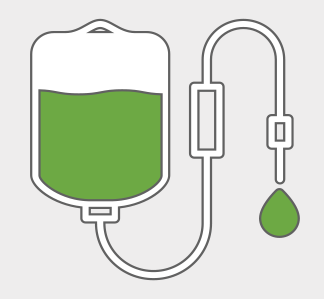
Considering a
feeding tube
ALS is a progressive disease. This means your ALS symptoms will get worse over time.
If you choose not to use a feeding tube, it may become harder for you to swallow safely and you may be at an increased risk of choking.
Using a feeding tube can help you:
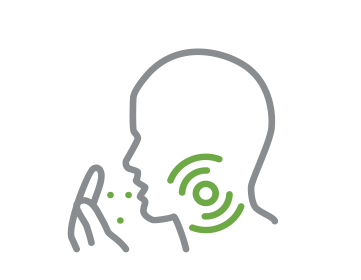

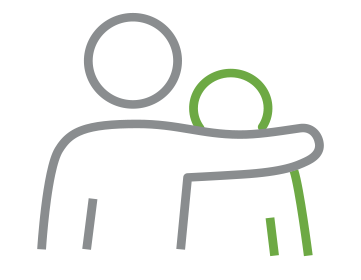
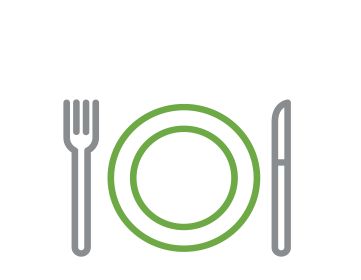
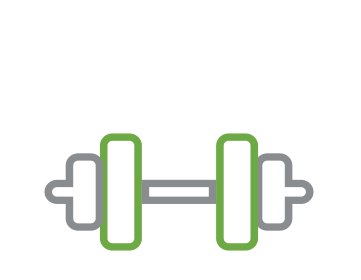
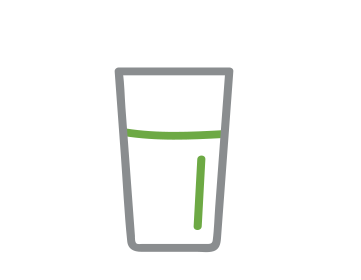

Eating and drinking with a feeding tube
How will the doctor insert my feeding tube?
You will need to have a procedure to get a feeding tube. This procedure will make a few small cuts to place the feeding tube inside your stomach.
There are two different types of procedures. The difference between them is how the doctor looks inside your stomach:
Percutaneous Radiological Insertion of Gastrostomy (RIG):
A special doctor called a radiologist will take an X-ray of your stomach. They carefully guide instruments through tiny incisions in the skin to make an opening in the stomach. You may have a Nasogastric Tube placed temporarily the day before the procedures. This is a flexible tube of rubber or plastic that is passed through the nose, down through the esophagus, and into the stomach to ensure accurate feeding tube placement.
Most ALS doctors recommend the RIG procedure. Talk with your ALS care team about which type of procedure is best for you. There are risks associated with the feeding tube procedure—like infections, breathing problems and reactions to medicines you get during surgery.
Your ALS care team can go over all the risks with you and provide you with more details about the procedure.
Percutaneous Endoscopic Gastrostomy (PEG):
A gastroenterologist, or a doctor who specializes in the digestive tract, will use a camera called an endoscope to take pictures of your stomach. The doctor will place the endoscope down your throat so they can see inside your stomach.
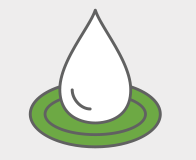
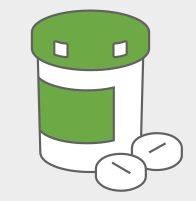

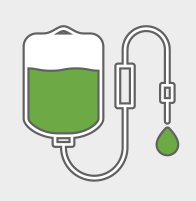


How will the doctor insert my feeding tube?
While you are in the hospital after the procedure, your ALS care team and hospital staff will show you how to take care of your feeding tube. Your ALS care team will give you instructions to follow when you go home.
For a few weeks after the procedure, the feeding tube requires special attention to prevent infection. After the site is healed, daily cleansing with soap and water is all that is necessary.
It is recommended that the feeding tube is exchanged every 6-9 months.
Don’t worry—after the first procedure to place the tube in your stomach, it’s much easier to replace with a new one. You will not need to stay overnight in the hospital.
Learn more
My ALS Decision Tool™
ALS Learning Series
My ALS Communication Passport to Quality Care
Support Groups
Theses resources are made possible by a generous donation from the Gilbert & Jacqueline Fern Foundation and other donors to the Foundation.
Sign up for News and Updates
Get helpful resources and updates from the Les Turner ALS Foundation delivered straight to your inbox. You’ll receive information on additional decision tools to help you understand your treatment options and make the decision that's right for you, plus information on upcoming events, ALS research, clinical trials, and more.



